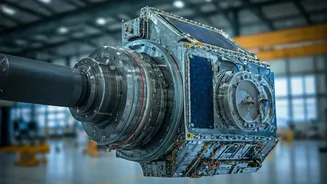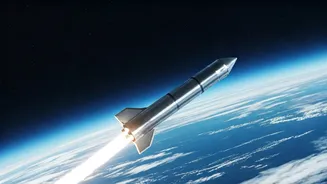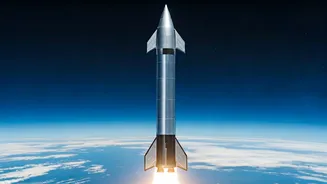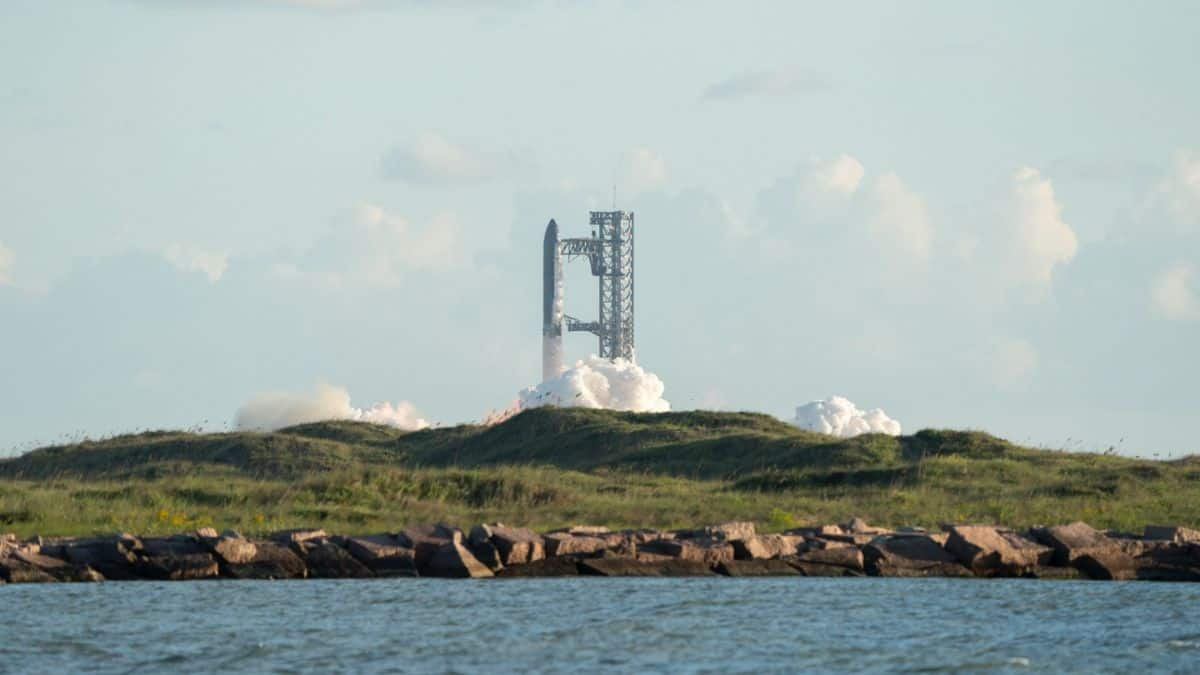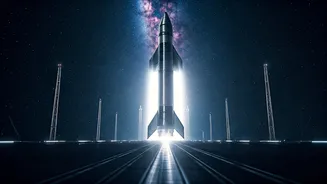The Astronaut Selection
The selection of new astronauts by NASA is a rigorous process, designed to identify the best candidates for future space missions. The chosen individuals
go through a lengthy evaluation, covering their physical and mental aptitude, along with their knowledge of science, engineering, and technology. This process is essential to ensure that the astronauts can handle the physical and psychological demands of space travel. Selected astronauts come from diverse backgrounds. Some may be pilots, engineers, or scientists, all of whom bring unique skills and experiences. These new astronauts will join the ranks of those who have ventured into space before, contributing to humanity's ongoing quest to explore the cosmos. Their selection also reflects NASA's dedication to diversity and inclusion in its workforce, ensuring that the agency benefits from the varied perspectives and expertise of its employees. As NASA's ambitions grow, the astronaut corps must evolve to take on increasingly complex missions.
Preparing for Missions
Once selected, the new astronauts begin an intense training regimen. This training program is created to prepare them for all the challenges they could encounter in space. Astronauts start with basic survival skills, including how to live and work in extreme environments and emergency medical procedures. Then they go through training related to the specific demands of their mission, like operating spacecraft systems, performing spacewalks, and conducting scientific experiments. They gain skills in operating specialized equipment and using technology. This training period takes place over several years, continuously evolving as mission requirements change and new technologies emerge. The astronauts will also take part in simulations that replicate the conditions of spaceflight, helping them to develop their mental resilience and teamworking abilities. The goal is to equip these individuals with the knowledge, skills, and confidence to succeed in the dangerous world of space exploration.
Moon and Mars Goals
These newly selected astronauts will play a key role in NASA's ambitious plans for both the Moon and Mars. The lunar missions serve as a stepping stone towards the ultimate goal: human exploration of Mars. NASA's Artemis program aims to establish a sustainable human presence on the Moon. This program will include building a lunar base and using the Moon as a testbed for technology and strategies needed for deep-space travel. Future Martian missions will involve landing humans on the planet, conducting scientific research, and searching for evidence of past or present life. The new astronauts will be at the forefront of these efforts. They will be actively involved in research, technology development, and the design of mission plans. They will shape the future of space exploration.
Technological Advancements
Advancements in technology are critical to the success of these missions. NASA invests heavily in the development of new spacecraft, life support systems, and tools necessary for long-duration space travel. New technologies include advanced propulsion systems, which will allow for faster and more efficient travel. These technologies also reduce the risks associated with space travel. There is also the creation of innovative life support systems that can recycle resources and provide a safe and healthy environment for astronauts on long missions. The new astronauts will work with these technologies and develop novel approaches to their deployment and use. Research in areas such as robotics, artificial intelligence, and 3D printing will play a role in developing the capabilities needed for space exploration. They will also contribute to a better understanding of how humans can live and thrive in these environments.
International Collaboration
International collaboration is an essential feature of NASA's space exploration programs. Space exploration is a global venture. NASA works with space agencies around the world, including the European Space Agency (ESA), the Canadian Space Agency (CSA), and the Japan Aerospace Exploration Agency (JAXA). This collaboration offers various advantages, including shared resources, expertise, and a diversity of perspectives. This international partnership reduces the financial burden. The space agencies also build and share the technological capabilities needed for ambitious missions. Such collaboration is vital for achieving complex goals. These missions bring together astronauts, scientists, and engineers from around the world. As humans push the boundaries of space exploration, these partnerships strengthen the collective endeavor to learn more about the universe and our place within it.

